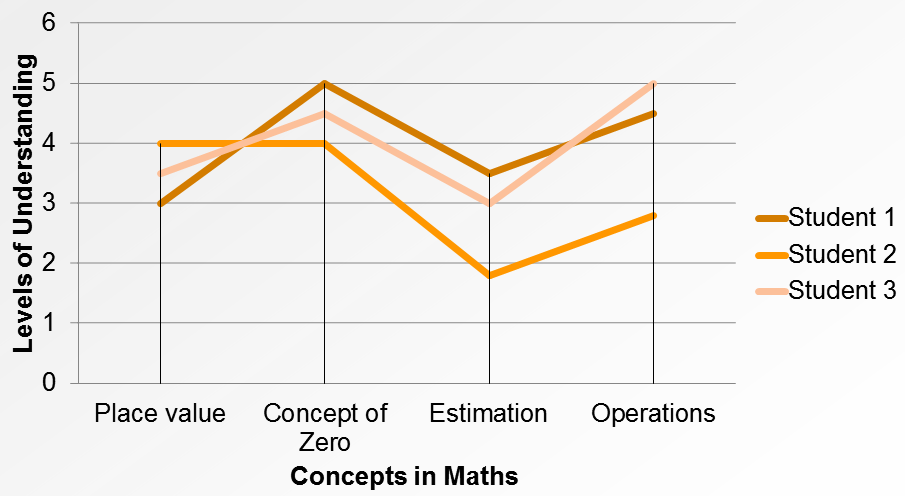I believe we all would have seen this pattern, a high scoring student keeps scoring high throughout his/her school life. Similarly, we have also seen (actually ignored) students who have always been average or just passing. Very rarely we find someone disrupting this pattern.
Today, we see many schools having a remedial program for the below average students. A program mostly headed by a special educator; it is interesting to see it in action, isn’t it? Let me brief it – in a classroom, a student is marked as a slow learner by the homeroom or subject teacher. The student is sent to the special educator, who initially diagnose the student. The diagnosis is mostly dependent on the teacher’s inputs (Actually it should consist of students written material and analysis of thinking processes using oral interview techniques)*. Once confirmed, the student is asked to miss the regular classes and attend the remedial program designed by the special educator. The student is now away from the classmates, has no idea what is happening in the class, misses social interaction and is now labeled in a negative way. The school may take pride by hiring a special educator and running the program but who will get back the student on track?
The term remedial refers to correcting or improving deficient skills in a specific subject. It by no means categories students as slow learners or underachievers, but rather should be available for all students. For example, a high achiever can also struggle to understand a concept; unless taught differently he/she may continue to feel low. For a long time, I struggled with LCM and GCD.
The Idea of ‘Concept Class’
A good idea to structure a remedial program would be by categorizing mathematics according to its strands like numeration, computation, measurement, geometry and data handling. Each strand can be subcategorized as concepts and each concept can be diagnosed separately for an individual student.
Doing so will let us plot a graph of each student’s level of understanding on y-axis versus concepts taught on the x-axis.

Looking at the graph, it is easier to say which student and concept need remedial teaching. I believe as maths teachers, we would enjoy plotting graphs and analyse them. Our simple strategy would be to identify students and without disturbing their classroom routine, we can ask their parents to enroll for a ‘concept class’.
Concept Class in Action:
In the past, the emphasis was on ‘getting the right answers’ whereas today emphasis must be on mathematical literacy. So asking the student to solve an easier or additional worksheet won’t help much. In the concept class, teachers would give concrete examples before proceeding to abstract concepts by way of simple and easy steps at a pace in line with the learning abilities of students. The teacher would devise different learning activities after identifying the different learner type (MI theory). It is more effective for teachers to adopt a series of relevant and simple teaching activities than assigning one long teaching activity since students may acquire the required knowledge and skills through diversified activities. Students with learning difficulties are less competent in understanding written language. Therefore, remedial teachers would give students short and clear instructions to avoid confusion.
With fewer students in the Concept Class, teachers can design interesting activities coupled with reward scheme to stimulate students’ interest. It is most important to help students overcome their learning difficulties so that they may gain a sense of achievement and recover their confidence and interest in learning. Obviously, a teacher would only focus on core learning aspects in-depth and application whereas materials in the advanced learning aspects may be streamlined or appropriately selected for teaching. The idea still remains the same ‘get the students back on track’.
Seat arrangements of students should be flexible to meet the specific teaching purposes of each learning activity. For example, teachers and students may form a circle when holding discussions; and the two students or group members involved may sit together during peer group or small group learning. Remedial teachers may have to explain to the parents about the characteristics and abilities of their children so that they may help their children to learn in a pleasurable manner.
Apart from teaching the concept in mathematics, a concept class should help students develop good learning habits and gain back the confidence in the subject, that in turn will help students to master basic self-learning skills and abilities.
P.S.* – Check ‘The Etiquette of Diagnosis’ (Janet K. Scheer, 1980)
Leave a Reply